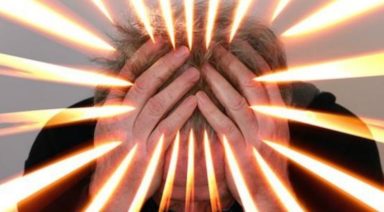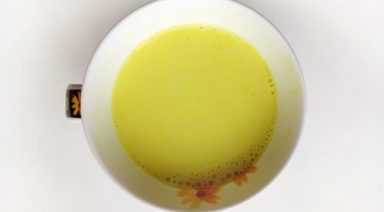How to Heal From Directed Attention Fatigue; Go Into Nature

Our brains are overworked and overtired. We spend all day working and with technology at our fingertips, we never give our brains a break from directed intense focus. This can lead to attention fatigue, and it may be damaging your mental and physical health. But there may be an easy solution right outside your door.
When it comes to our brains there are different types of attention. Remember the last time you concentrated on a singular task, like taking a test or working on a complicated project? After a certain amount of time in that highly concentrated state, people often describe themselves as brain tired or even brain dead.
Our minds are like muscles, they can get overworked when concentrating for too long. This can lead to stress, weight gain, burnout, and anxiety. The good news is our brains can disconnect and recharge.
Watch more:
Study Finds Significant PTSD Relief Through Lucid Dreaming

A groundbreaking new study of lucid dreaming suggests that people can heal psychological trauma while they’re asleep, and may even show potential for healing on the physical level.
A lucid dream is one in which you’re actively aware that you’re dreaming and may even have some control over what happens. While scientists have been studying this fascinating phenomenon for decades, recent research focus has shifted to the potential for healing within this state.
Charlie Morley has taught thousands of people worldwide how to lucid dream and was involved in the most recent study of lucid dream healing conducted by the Institute of Noetic Sciences (IONS).
“Lucid dreaming is like being conscious within the unconscious mind, so there’s a whole host of healing benefits that we can gain from lucid dreaming,” Morley said. “In fact, many of the things you can treat through hypnotherapy, you can also treat through lucid dreaming. Now, there are some very interesting studies and preliminary research that points to lucid dreaming being one of the most powerful interventions for people with nightmares and especially PTSD-triggered nightmares.”
In the IONS study, a group of 49 people with diagnosed Post-Traumatic Stress Disorder were given instruction by Charlie into lucid dreaming. Over the course of one week, they were taught various induction techniques with a specific emphasis on making a dream plan for healing.
“So the techniques that we used for this study started with the basics — keeping a dream diary, learning to check dreams signs, reality checking during the day, all of your classic lucid dreaming techniques — but what we placed a lot of emphasis on was the dream plan; planning what you want to do in your first or next dream,” Morley said.
“If I were to become lucid within those recurring nightmares, what could I actually do to help affect healing? What we discovered was that simply by becoming lucid in a recurring PTSD nightmare, that already had a healing response, because it’s like ‘Oh, wow, I’m not really back in Iraq, I’m simply dreaming I’m back in Iraq.’ But once we trained people, not only to get lucid and know that they’re dreaming but to then intentionally interact with the source of their fear, or the source of their trauma, or the thing that they’ve been running from in their nightmares, to actually turn and face it had a really powerful healing response. We had some really good data that we gathered from that.”




































